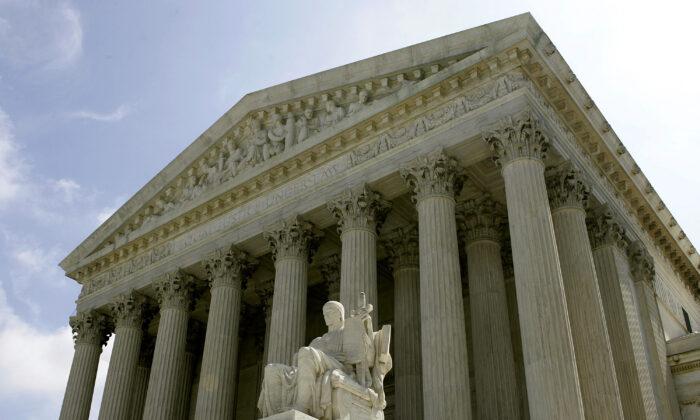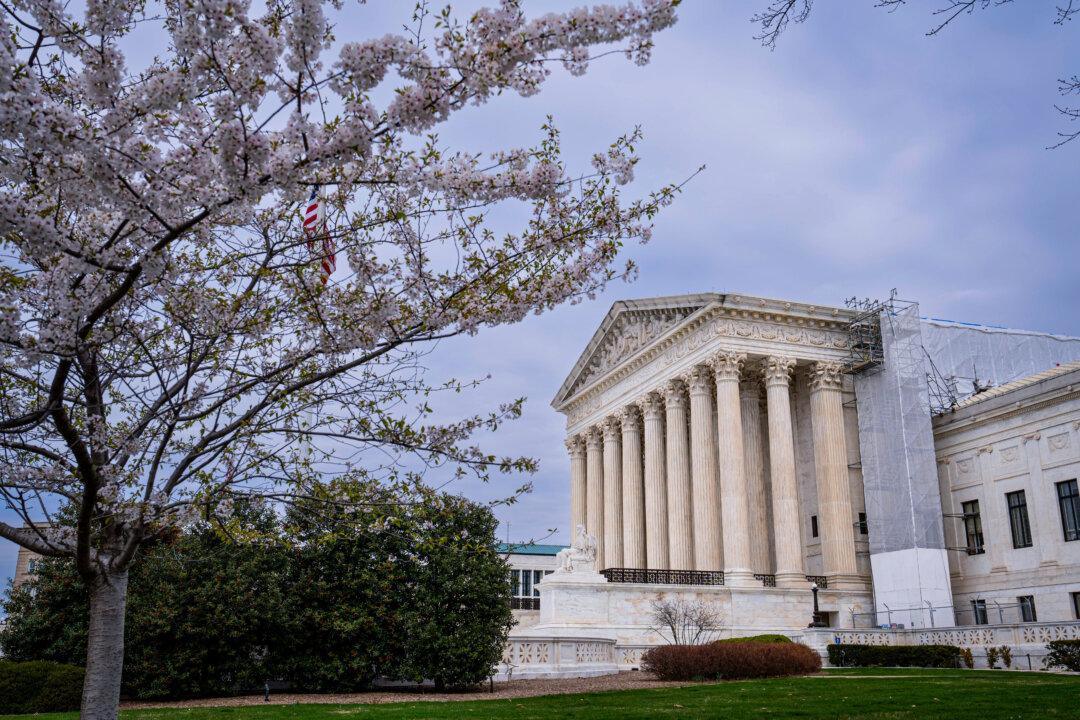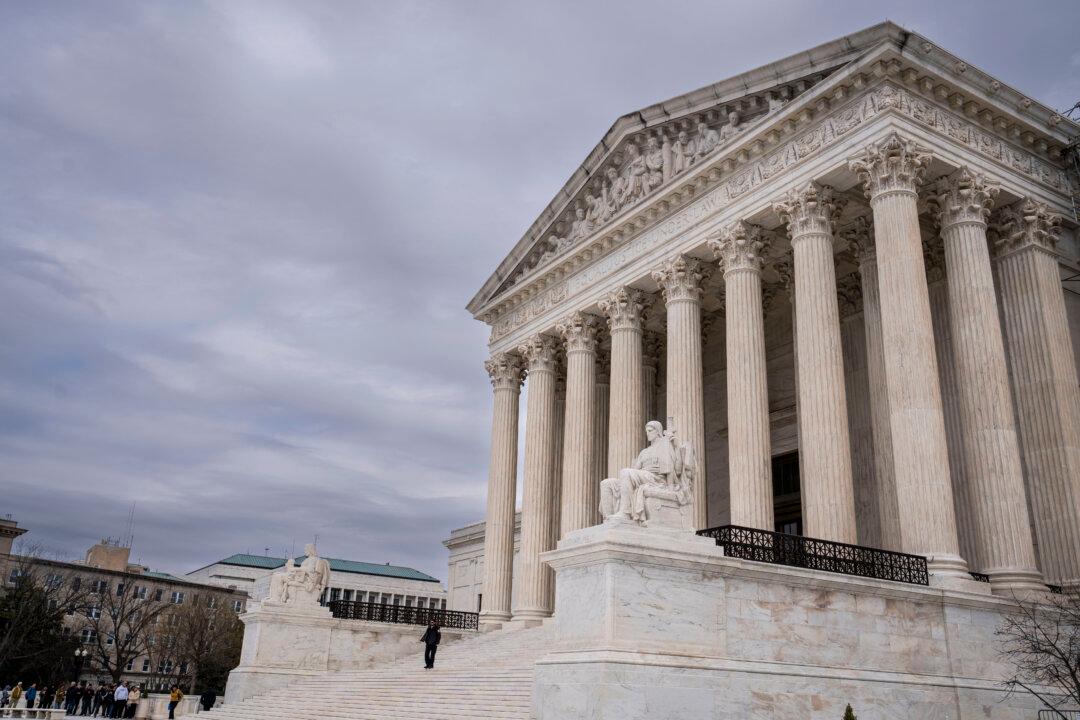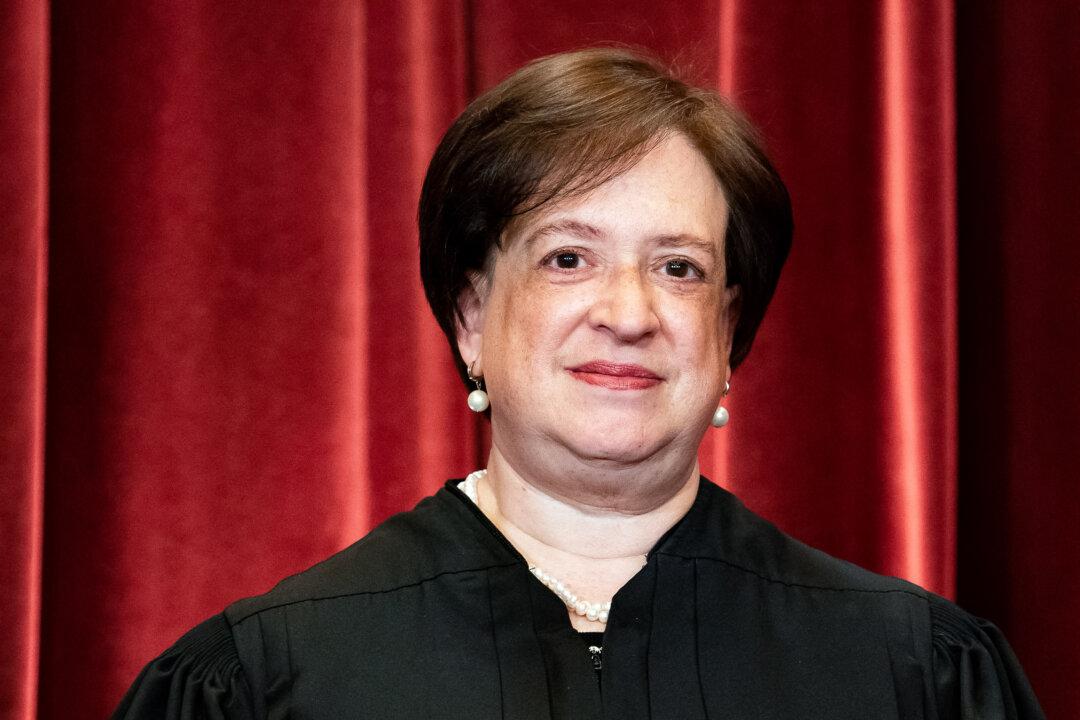The Supreme Court overturned an appeals court order that required Michigan to retry a murder case by May 4 or release the defendant, after state officials cited trial delays related to the CCP virus pandemic.
Michigan Attorney General Dana Nessel, a Democrat, welcomed the ruling.
“We are pleased that the U.S. Supreme Court has granted us a stay of the mandate so that it may consider our petition for certiorari,” Nessel spokeswoman Courtney Covington Watkins told The Epoch Times by email.
“The Department is attempting to reinstate Ervine Davenport’s first-degree murder conviction from Kalamazoo County and clarify the proper legal standards in federal review of state court decisions.”
And in Davenport’s case, “the evidence of premeditation and deliberation necessary to a first-degree murder conviction was not overwhelming,” she wrote.
“‘The law has long forbidden routine use of visible shackles during the guilt phase’ of a criminal trial.” There is a “near-universal consensus of lower courts and commentators that ‘a criminal defendant has a right to remain free of physical restraints that are visible to the jury’” that may only be overcome “‘in a particular instance by essential state interests such as physical security, escape prevention, or courtroom decorum.’”
“‘Visible shackling undermines the presumption of innocence and the related fairness of the factfinding process. It suggests to the jury that the justice system itself sees a ‘need to separate a defendant from the community at large,’” she wrote, again citing legal precedent.
Davenport was sentenced to life imprisonment and is currently incarcerated. He acknowledged at his trial that he choked Annette White in a car after they used alcohol and crack cocaine together, but maintained he was only defending himself after White attacked him with a box cutter. The jury convicted him of first-degree murder.
During his trial, one of Davenport’s hands was reportedly restrained and shackles were placed around his waist and ankles. While the restraints were obscured by a curtain, some of the jurors saw or learned about them.
“Their decision, they said, was based on the evidence, which was highlighted by uncontroverted testimony that Davenport strangled a woman over a foot shorter and nearly 200 pounds lighter than he,” Nessel wrote.
“On direct appeal, the Michigan courts evaluated the juror’s testimony and the evidence of guilt and found that the shackling error was harmless beyond a reasonable doubt. But the Sixth Circuit found those determinations irrelevant.”
The Supreme Court hasn’t yet acted on the underlying petition for certiorari itself, which remains pending.
The counsel of record for Davenport, Tasha J. Bahal, didn’t immediately respond to requests by The Epoch Times for comment.






Friends Read Free